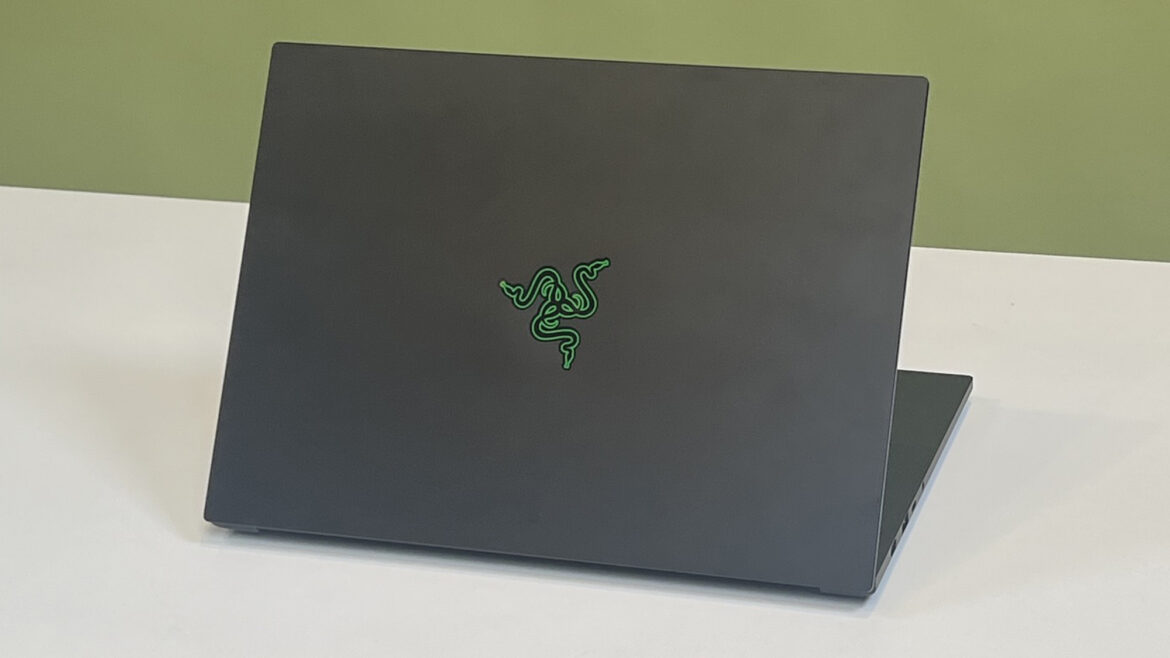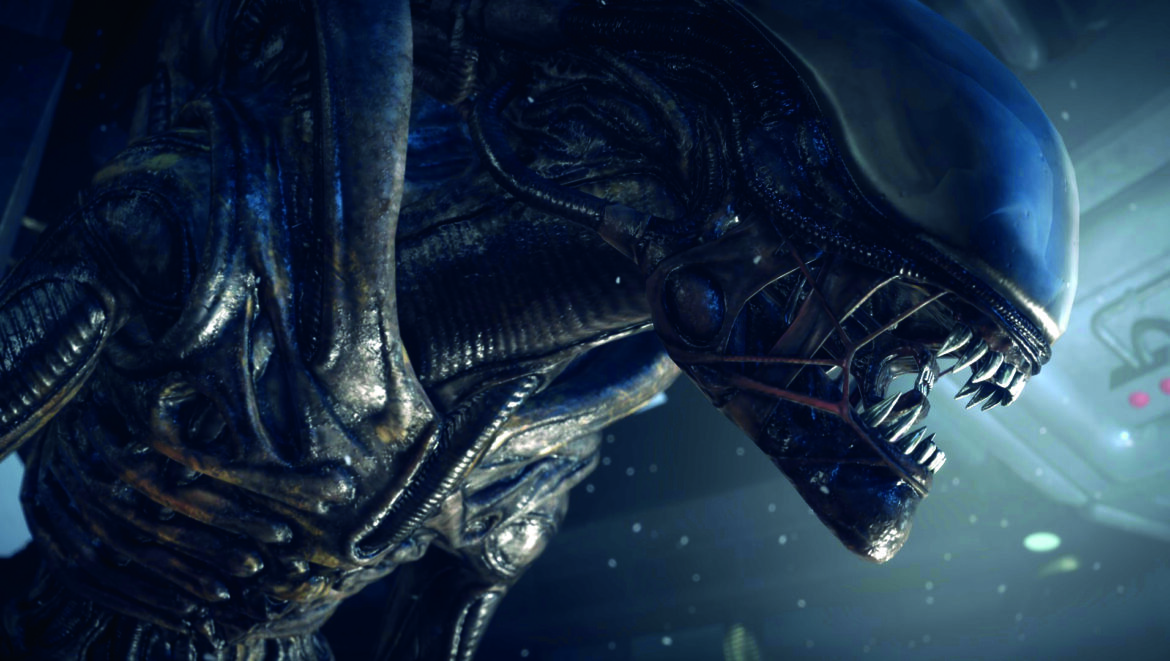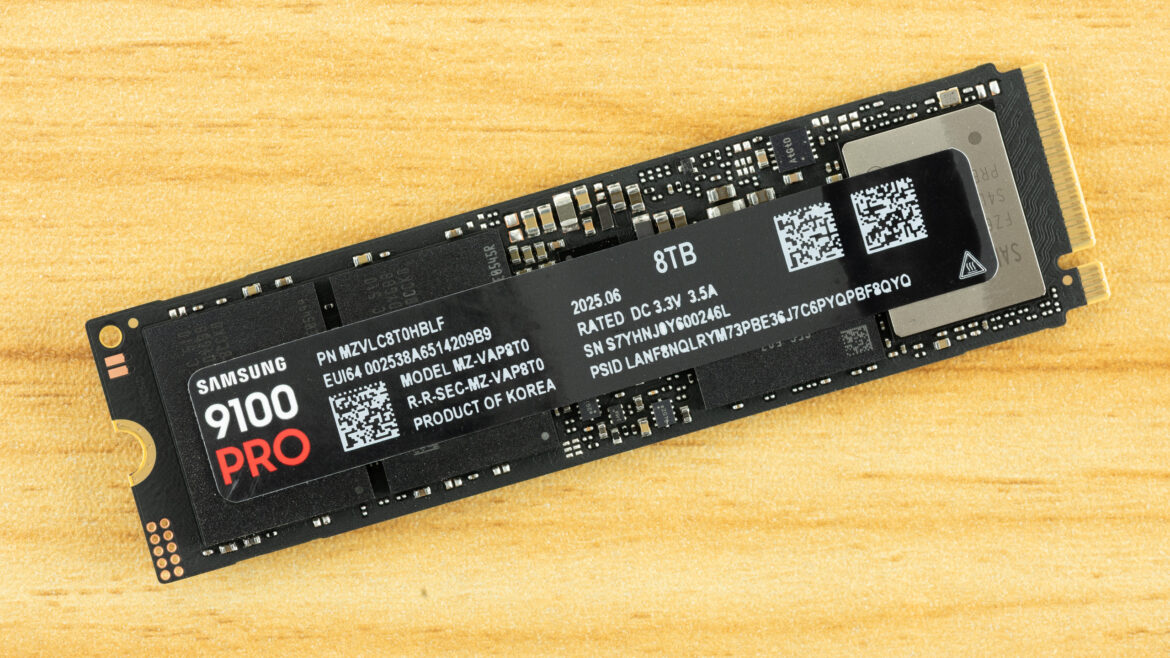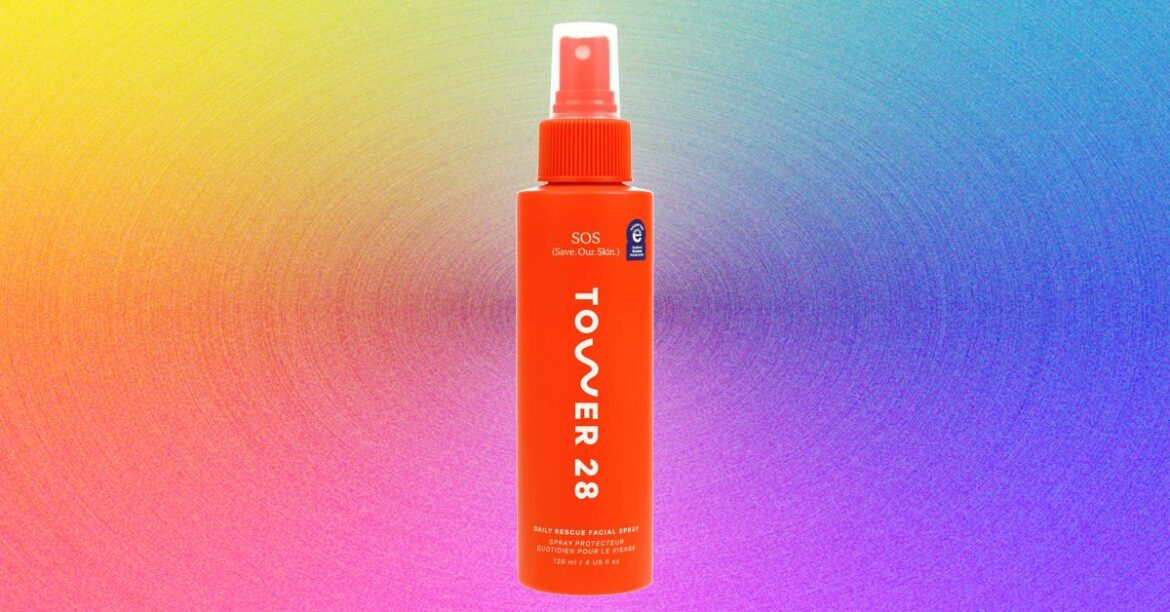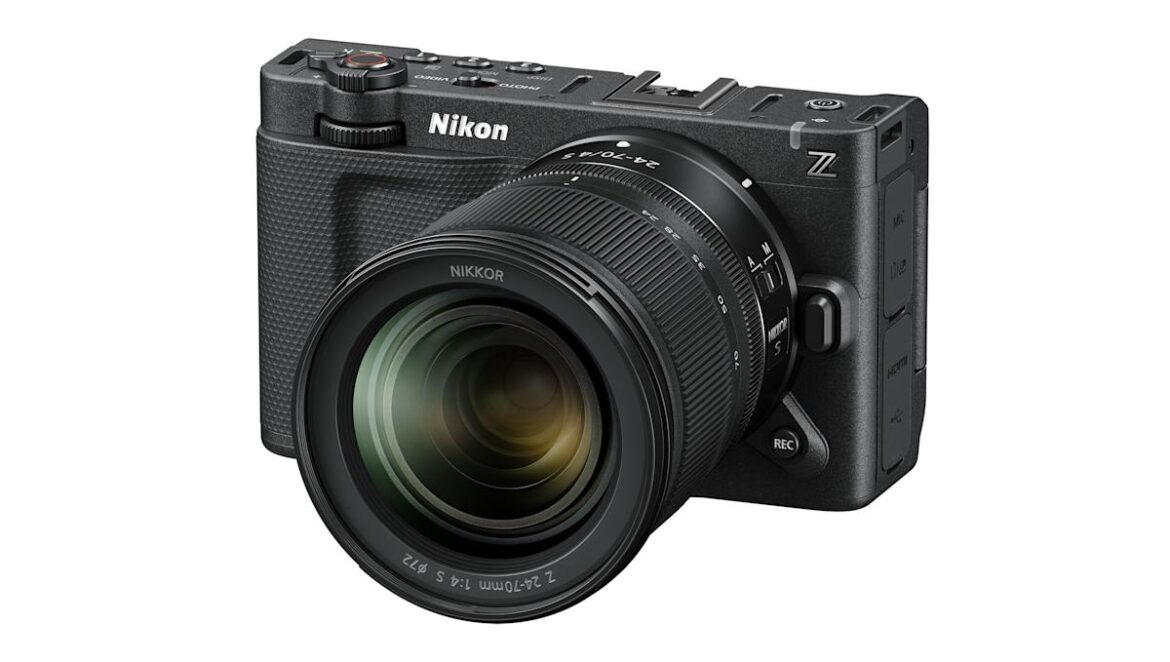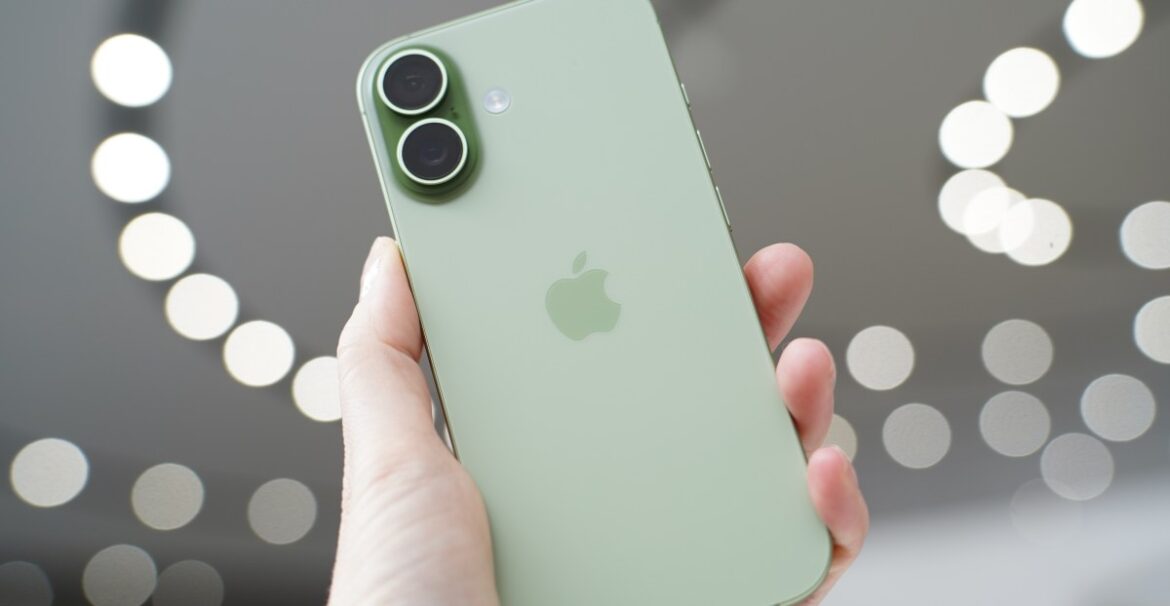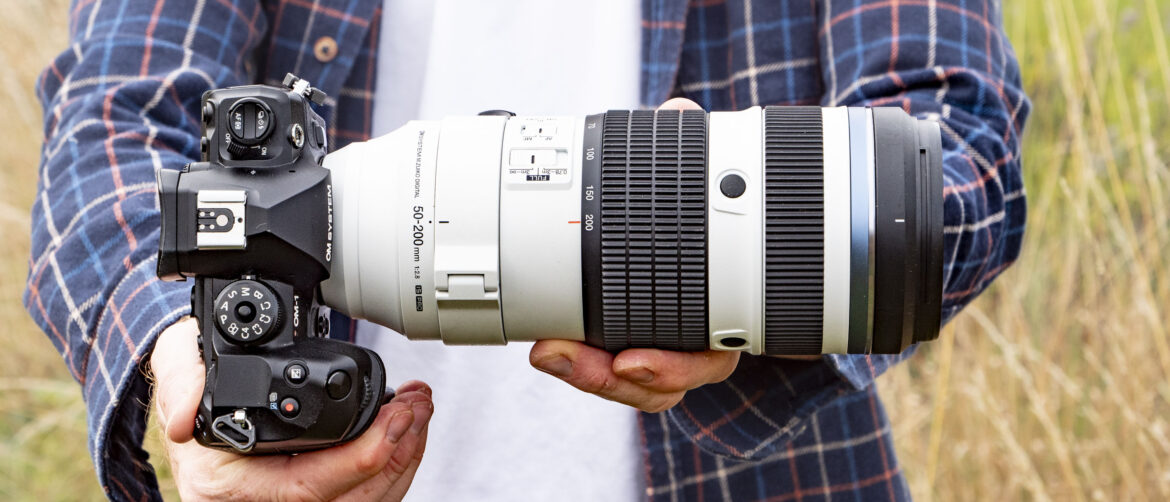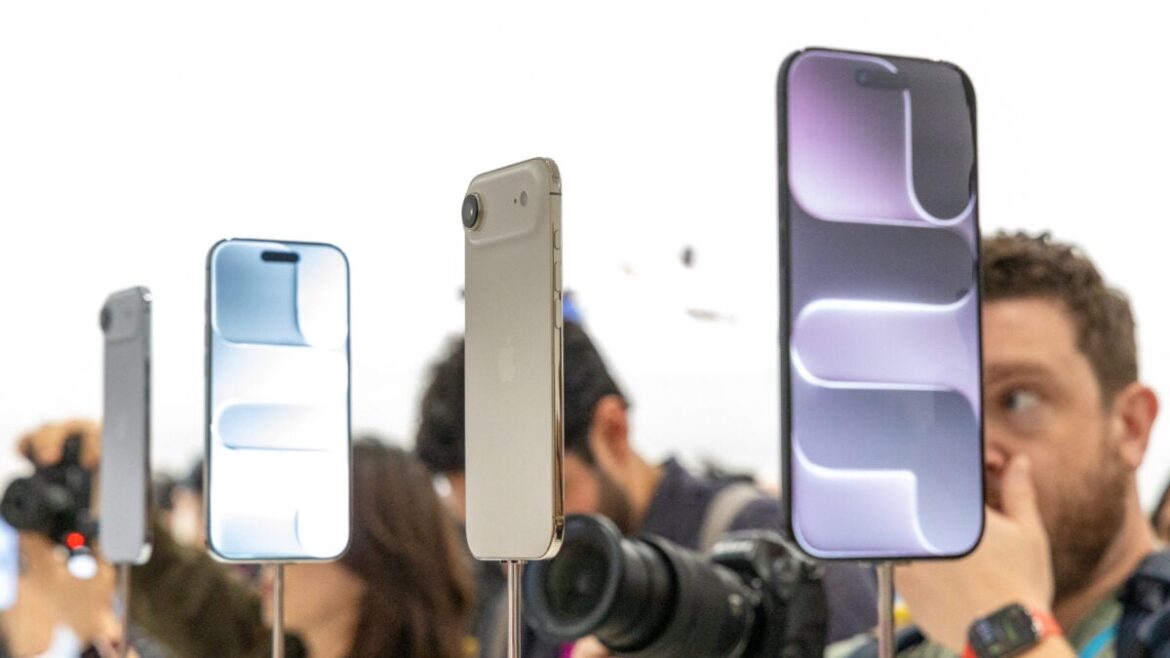Why you can trust TechRadar
We spend hours testing every product or service we review, so you can be sure you’re buying the best. Find out more about how we test.
Razer Blade 14 (2025): Two-minute review
The new Razer Blade 14 (2025) really wants to be the ultimate portable gaming laptop, and after spending two weeks with it, I can say it mostly succeeds.
Packed into a lightweight 14-inch aluminum chassis, the Blade 14 houses the latest specs you can get for a 14-inch form factor, including AMD’s new Ryzen AI 9 365 processor and up to an Nvidia RTX 5070 GPU.
Those updated specs come at a price though, as the model I tested cost $2,699.99 / £2,299.99 / AU$4,144.95 (equipped with an RTX 5070, 32GB LPDDR5X RAM, and a 1TB SSD). Entry-level models start around $2,299.99 / £1,999.99 / AU$3,599.95, while top-end configs climb as high as $2,999.99 / £2,699.99 / AU$4,899.95.
- Razer Blade 14 (2025) (OLED) at Razer for $2,699.99
What impressed me most wasn’t just raw gaming power—it was how well this machine stayed cool and quiet under load.
Running Cyberpunk 2077 with ray tracing at 1800p, I averaged around 50 FPS with DLSS and frame generation enabled, though to be honest, you’ll likely want to tone down the RT if you’re gaming at max resolution for best results, regardless of title. For most of the titles tested, you can comfortably get over 60 FPS at 1800p resolution without ray tracing, or about 60 FPS with ray tracing if you use DLSS upscaling.
Equally impressive is the OLED 2.8K 120Hz display. Colors popped, response times were lightning fast, and the DCI-P3 coverage made both games and creative work shine. Add in six surprisingly loud, clear speakers, and I found myself reaching for headphones less often.
The battery life on the Blade 14 isn’t great, lasting about five to six hours in my day-to-day work mix—emails, writing, streaming, light Photoshop—before I needed a charger. While this is pretty decent for a gaming laptop,it’s still not great for day-to-day productivity.
Design-wise, there’s not much to knock here other than the somewhat shallow keyboard and a chassis that picks up fingerprints pretty much instantly. Performance-wise, you’re almost certainly going to get a better value out of Razer’s various rivals, who often offer more raw power for less money. But as a total package, the Razer Blade 14 (2025) easily contends as the best gaming laptop released this year, even if it isn’t spotless.
Razer Blade 14 (2025): Price & availability
(Image credit: Future / John Loeffler)
- How much does it cost? Starting at $2,299.99 / £1,999.99 / AU$3,599.95
- When is it available? It’s available now
- Where can you get it? You can buy it in the US, UK, and Australia through Razer’s website and other retailers.
The Razer Blade 14 (2025) is available now, starting at $2,299.99 / £1,999.99 / AU$3,599.95, coming in with an entry-level RTX 5060 GPU, 16GB RAM, and a 1TB SSD.
My review unit, which comes with an RTX 5070 GPU, 32GB RAM, and 1TB SSD, comes in at $2,699.99 / £2,399.99 / AU$4,144.95. The top-spec config bumps up the storage to 2TB and the memory up to 64GB for $2,999.99 / £2,699.99 / AU$4,899.95.
It’s available in the US, UK, and Australia directly from Razer’s website, as well as major regional retailers like Best Buy and Currys.
Understandably, the Blade 14 isn’t going to be making any best cheap gaming laptop lists anytime soon, given the laptop’s premium pedigree, but it’s still very expensive for what you’re getting. A laptop like the Asus ROG Zephyrus G14, which starts off about $200 cheaper at $2,099.99 in the US (though it is tougher to find in the UK at the moment, and what models are available in Australia end up being more expensive). The US starting configuration for the Zephyrus G14 does get you a better RTX 5070 GPU compared to the Blade 14’s RTX 5060 starting GPU. You can also get up to an RTX 5080 on the Zephyrus G14, for some serious portable gaming power that simply isn’t available on the Blade 14.
You’re ultimately paying the Razer tax here if you opt for the Blade 14, but if you want a Razer Blade laptop, this is pretty much par for the course, and there’s no denying the laptop’s other premium qualities that it brings to the table. Just be prepared to pay the higher bill at the end.
Also, in the US and UK, you have the option to select the Mercury colorway rather than the classic Razer Black, though it is only available on the RTX 5070/1TB SSD/32GB RAM configuration.
Today’s best Razer Blade 14 (2025) deals
Razer Blade 14 (2025): Specs
(Image credit: Future / John Loeffler)
- Up to RTX 5070 GPU, 2TB SSD, and 64GB RAM
- AMD Ryzen AI 9 365 processor
- Not upgradeable and not a whole lot of configuration options
The starting configuration of the Razer Blade 14 (2025) gives you the essentials for modern portable gaming: an AMD Ryzen AI 9 365, Nvidia RTX 5060 GPU, 16GB LPDDR5-8000MT/s RAM, and a 1TB PCIe 4.0 SSD. That’s more than enough for strong performance in esports and AAA titles at 1080p, high settings, and medium raytracing enabled when using upscaling, but storage will feel tight if you’re planning on installing a lot of big games.
Swipe to scroll horizontallyRazer Blade 14 (2025) base configurationHeader Cell – Column 0
US
UK
Australia
Price
$2,299.99 at Razer
£1,999.99 at Razer
AU$3,599.95 at Razer
CPU
AMD Ryzen AI 9 365
AMD Ryzen AI 9 365
AMD Ryzen AI 9 365
GPU
Nvidia RTX 5060
Nvidia RTX 5060
Nvidia RTX 5060
Memory
16GB LPDDR5-8000MT/s
16GB LPDDR5-8000MT/s
16GB LPDDR5-8000MT/s
Storage
1TB PCIe 4.0 SSD
1TB PCIe 4.0 SSD
1TB PCIe 4.0 SSD
Display
14-inch QHD+ 120Hz OLED
14-inch QHD+ 120Hz OLED
14-inch QHD+ 120Hz OLED
Ports
2 x USB 3.2 Gen 2 Type-A, 2 x USB4 Type-C (Power, DP2.1 , Data), 1 x HDMI 2.1, 1 x MicroSD Card Reader, 1 x 3.5mm Combo Jack
2 x USB 3.2 Gen 2 Type-A, 2 x USB4 Type-C (Power, DP2.1 , Data), 1 x HDMI 2.1, 1 x MicroSD Card Reader, 1 x 3.5mm Combo Jack
2 x USB 3.2 Gen 2 Type-A, 2 x USB4 Type-C (Power, DP2.1 , Data), 1 x HDMI 2.1, 1 x MicroSD Card Reader, 1 x 3.5mm Combo Jack
Battery
72WHr
72WHr
72WHr
Wireless
Wi-Fi 7, Bluetooth 5.4
Wi-Fi 7, Bluetooth 5.4
Wi-Fi 7, Bluetooth 5.4
Camera
1080p IR w/ Windows Hello
1080p IR w/ Windows Hello
1080p IR w/ Windows Hello
Weight
3.59 lbs | 1.63 kg
3.59 lbs | 1.63 kg
3.59 lbs | 1.63 kg
Dimensions
12.23 x 8.83 x 0.64 ins | 310.7 x 224.3 x 16.2mm
12.23 x 8.83 x 0.64 ins | 310.7 x 224.3 x 16.2mm
12.23 x 8.83 x 0.64 ins | 310.7 x 224.3 x 16.2mm
The top configuration quadruples the available memory and doubles the storage over the base spec while bumping the GPU up to an RTX 5070 GPU. That makes it a very solid mobile workstation for creatives in addition to being a fantastic 1440p gaming platform in an impressively thin 14-inch form factor.
The one knock I do have on the max spec is that other thin and light gaming laptops, like the Zephyrus G14, do manage to give you options for the RTX 5070 Ti and RTX 5080, so those who want even more power do have alternatives to the Blade 14.
Swipe to scroll horizontallyRazer Blade 14 (2025) top configurationHeader Cell – Column 0
US
UK
Australia
Price
$2,999.99 at Razer
£2,699.99 at Razer
AU$4,899.95 at Razer
CPU
AMD Ryzen AI 9 365
AMD Ryzen AI 9 365
AMD Ryzen AI 9 365
GPU
Nvidia RTX 5070
Nvidia RTX 5070
Nvidia RTX 5070
Memory
64GB LPDDR5x – 8400MT/s
64GB LPDDR5x – 8400MT/s
64GB LPDDR5x – 8400MT/s
Storage
2TB M.2 PCIe NVMe
2TB M.2 PCIe NVMe
2TB M.2 PCIe NVMe
Display
14-inch QHD+ 120Hz OLED
14-inch QHD+ 120Hz OLED
14-inch QHD+ 120Hz OLED
Ports
2 x USB 3.2 Gen 2 Type-A, 2 x USB4 Type-C (Power, DP2.1 , Data), 1 x HDMI 2.1, 1 x MicroSD Card Reader, 1 x 3.5mm Combo Jack
2 x USB 3.2 Gen 2 Type-A, 2 x USB4 Type-C (Power, DP2.1 , Data), 1 x HDMI 2.1, 1 x MicroSD Card Reader, 1 x 3.5mm Combo Jack
2 x USB 3.2 Gen 2 Type-A, 2 x USB4 Type-C (Power, DP2.1 , Data), 1 x HDMI 2.1, 1 x MicroSD Card Reader, 1 x 3.5mm Combo Jack
Battery
72WHr
72WHr
72WHr
Wireless
Wi-Fi 7, Bluetooth 5.4
Wi-Fi 7, Bluetooth 5.4
Wi-Fi 7, Bluetooth 5.4
Camera
1080p IR w/ Windows Hello
1080p IR w/ Windows Hello
1080p IR w/ Windows Hello
Weight
3.59 lbs | 1.63 kg
3.59 lbs | 1.63 kg
3.59 lbs | 1.63 kg
Dimensions
12.23 x 8.83 x 0.64 ins | 310.7 x 224.3 x 16.2mm
12.23 x 8.83 x 0.64 ins | 310.7 x 224.3 x 16.2mm
12.23 x 8.83 x 0.64 ins | 310.7 x 224.3 x 16.2mm
My review unit fell somewhere in between, with 32GB RAM and a 1TB SSD. Of the available configuration options, it offers what I think is the best balance between cost and performance.
With this setup, I never worried about performance bottlenecks in games or creative workloads, and the 1TB drive gave me enough space for my go-to Steam titles, currently Helldivers 2, Satisfactory, and a heavily modded Baulder’s Gate 3. But unless you’re loading up on small indie titles, you can expect to have to do some storage juggling for this configuration.
It’s also worth noting that this laptop is not easily upgradable, and the RAM here is soldered. There are also a limited number of configuration options to choose from, so it’s not a very customizable laptop, opting for the MacBook route rather than a more DIY approach.
Swipe to scroll horizontallyRazer Blade 14 (2025) review configurationHeader Cell – Column 0
US
UK
Australia
Price
$2,699.99 at Razer
£2,399.99 at Razer
AU$4,299.95 at Razer
CPU
AMD Ryzen AI 9 365
AMD Ryzen AI 9 365
AMD Ryzen AI 9 365
GPU
Nvidia RTX 5070
Nvidia RTX 5070
Nvidia RTX 5070
Memory
32GB LPDDR5x – 8400MT/s
32GB LPDDR5x – 8400MT/s
32GB LPDDR5x – 8400MT/s
Storage
1TB M.2 PCIe NVMe
1TB M.2 PCIe NVMe
1TB M.2 PCIe NVMe
Display
14-inch QHD+ 120Hz OLED
14-inch QHD+ 120Hz OLED
14-inch QHD+ 120Hz OLED
Ports
2 x USB 3.2 Gen 2 Type-A, 2 x USB4 Type-C (Power, DP2.1 , Data), 1 x HDMI 2.1, 1 x MicroSD Card Reader, 1 x 3.5mm Combo Jack
2 x USB 3.2 Gen 2 Type-A, 2 x USB4 Type-C (Power, DP2.1 , Data), 1 x HDMI 2.1, 1 x MicroSD Card Reader, 1 x 3.5mm Combo Jack
2 x USB 3.2 Gen 2 Type-A, 2 x USB4 Type-C (Power, DP2.1 , Data), 1 x HDMI 2.1, 1 x MicroSD Card Reader, 1 x 3.5mm Combo Jack
Battery
72WHr
72WHr
72WHr
Wireless
Wi-Fi 7, Bluetooth 5.4
Wi-Fi 7, Bluetooth 5.4
Wi-Fi 7, Bluetooth 5.4
Camera
1080p IR w/ Windows Hello
1080p IR w/ Windows Hello
1080p IR w/ Windows Hello
Weight
3.59 lbs | 1.63 kg
3.59 lbs | 1.63 kg
3.59 lbs | 1.63 kg
Dimensions
12.23 x 8.83 x 0.64 ins | 310.7 x 224.3 x 16.2mm
12.23 x 8.83 x 0.64 ins | 310.7 x 224.3 x 16.2mm
12.23 x 8.83 x 0.64 ins | 310.7 x 224.3 x 16.2mm
Razer Blade 14 (2025): Design
(Image credit: Future / John Loeffler)
- Thinner and lighter than Blade 14 2024
- OLED Display
- Black finish is a fingerprint magnet
The Blade 14 (2025) doesn’t take any real risks with the design of the iconic laptop model, being more of a modest refinement of Razer’s aesthetic.
The biggest move here is the display, which is a gorgeous-looking OLED panel rather than the more standard IPS of the Razer Blade 14 (2024). It also comes in thinner and lighter than last year’s model, managing to shave off nearly half a pound of weight (about 0.2kg) and shrink its height by just over half an inch (nearly 2mm).
(Image credit: Future / John Loeffler)
The CNC-machined aluminum chassis feels solid in the hands, with zero flex in the lid or keyboard deck. It carries that understated “MacBook for gamers” vibe that a number of the best thin and light gaming laptops hope to hit but often fall short of reaching.
(Image credit: Future / John Loeffler)
The matte black colorway on my review model looks sleek, but it attracts fingerprints almost instantly. I didn’t particularly care all that much, but if you do, expect to be wiping this laptop down almost constantly if you’re sticking with the Razer Black finish.
(Image credit: Future / John Loeffler)
Port selection is generous for such a compact laptop: two USB4 (with PD, DP2.1, and data), a pair of USB-A 3.2 Gen 2 ports, an HDMI 2.1 output ports, and a microSD card reader, something creatives will appreciate.
(Image credit: Future / John Loeffler)
The keyboard offers per-key RGB customization through Razer Synapse, so you have lots of options for customizing the lighting design to your liking. While twinkly, the shallow 1mm key travel left typing feeling somewhat flat compared to a competing MacBook Pro or Lenovo Legion laptop, though the keyboard does feel more comfortable than that of the Dell 14 Premium.
The touchpad, by contrast, is excellent—large, smooth, and every bit as responsive as you’d find on the best MacBook.
(Image credit: Future / John Loeffler)
The six-speaker setup also deserves mention. I’ve been on a The Sword kick lately, and their entire catalog sounded fantastic, filling the room with surprising depth. Meanwhile, the chaos of Helldiver 2‘s recent updates never sounded better, making it one of the few gaming laptops where I felt I didn’t need to bother with an external speaker or headphones.
(Image credit: Future / John Loeffler)
The 1080p IR webcam is great, but the lack of a physical privacy shutter isn’t, though you do get the enhanced security of Windows Hello.
Like Razer Blade 14s of the past though, the design of this laptop doesn’t lend itself to much upgradability, so if you’re hoping to spec-up in the future, you’ll need to plan for that at checkout before you buy and configure it for the long-haul.
Razer Blade 14 (2025): Performance
(Image credit: Future / John Loeffler)
- Phenomenal gaming performance
- Outstanding creative performance
- Not always an improvement over previous-gen models
Day to day, the Blade 14 felt like a solid desktop PC stuffed into a svelte, lightweight 14-inch frame, making it easy to carry around with me and get things done on the go.
Over the course of about three weeks (including one week of dedicated benchmark testing), I used it for writing, photo editing, and heavy multitasking and didn’t experience any real hiccups. Even with my downright abusive Chrome-tab-habits, adding Spotify streaming to the mix and some Photoshop and Lightroom exporting sent to the background, the Blade 14 (2025) stayed fluid and never stuttered.
In my CPU benchmarks, the new Blade 14 generally outclassed its predecessors, and while it doesn’t really compete with the performance of the Apple M4 chip for professional workloads, it does generally come in second against Apple’s best mobile workstation.
Naturally, the upgraded Nvidia RTX 5070 GPU in the new Blade 14 beats the last two Blade 14 models, both of which we reviewed with an RTX 4070 GPU. There aren’t a lot of tests where we can use for an apples-to-razers comparison of the GPU in the MacBook Pro 14 and Blade 14, unfortunately, but at least in the cross-platform 3DMark Steel Nomad, it’s not even a contest, as the Blade 14’s RTX 5070 GPU scores about 3.6x better in this synthetic GPU test.
In terms of creative performance, the Blade 14 2025 more than holds its own against its predecessors and its main rival amongst the best Windows laptops for creatives, the Dell 14 Premium, falling behind only the MacBook Pro 14 in my Crossmark Creativity testing, and even then, not by much.
When it came to gaming, though, the Blade 14 really impressed me. At its native 2880×1800 resolution, Games like F1 2024 and Helldivers 2 ran well into the high double and even triple digits on ultra settings with balanced DLSS (not counting Frame Generation), while games like Satisfactory (my personal go-to) stayed above 100 FPS constantly.
Cyberpunk 2077 with ray tracing at 1080p pushed the GPU hard, averaging around 50 FPS, but enabling DLSS 4’s Transformer model made it silky smooth at 1080p and very playable at 1440p, hovering between 50-80 FPS depending on the DLSS setting used.
Since the base frame rates are north of 50 FPS when using DLSS, you can turn on Frame Generation as well to push that FPS higher to max out the display’s 120Hz refresh without having to worry about input latency, which wasn’t noticeable in my time gaming on the laptop when I used the feature.
The key standout for me though wasn’t just raw average framerates—it was stability on the low-end. Minimum frame rates on just about every game I tested with balanced upscaling were well north of 50 FPS unless I did something like trying to run Cyberpunk 2077 on its max settings with Ray Tracing Overdrive at native resolution.
This means that for pretty much any title, you’re going to get exceptionally smooth gameplay on the go, which is what a laptop like this is really all about.
Razer Blade 14 (2025): Battery Life
(Image credit: Future / John Loeffler)
- How long does it last on a single charge? It lasted about five hours on my standard ‘performance’ test settings
- Proprietary charger required to charge it quickly, but you can use USB4 for slower charging
The battery life on the Blade 14 2025 isn’t fantastic, but it’s pretty solid for a gaming laptop, especially with some power-saving tweaks.
In my normal test settings, with max resolution and frame rate with the laptop set to Windows 11 Performance mode, the Blade 14 2025 fell behind a lot of other competing 14-inch laptops on the market, as well as its two immediate predecessors, with an average battery life of just five hours and one minute in our Web Surfing test.
It manages to do a little bit better on the gaming battery test, though it still lags behind its immediate predecessors. One thing to consider though is that of all the 14-inch laptops I tested here, only the Dell 14 Premium has an OLED panel to match what the Blade 14 is sporting, while the earlier Blade 14s and the MacBook Pro aren’t bogged down by the OLED display’s higher power consumption.
It is worth noting though that slowing down the refresh rate to 60Hz rather than 120Hz and you turn off the RGB lighting on the keydeck, you can stretch this battery life out to over eight hours.
Also, the Blade 14 2025 comes with a proprietary charging brick and port for the fastest charging and best plugged-in performance while gaming, but the USB4 ports do allow for USB-C charging, just at a slower rate.
Should you buy the Razer Blade 14 (2025)?
(Image credit: Future / John Loeffler)Swipe to scroll horizontallyRazer Blade 14 (2025) Scorecard
Category
Notes
Rating
Value
You are absolutely paying the Razer tax here, and you can get the same performance from other laptops for cheaper.
3.5 / 5
Specs
The specs are fairly solid for this laptop, but the lack of upgradability and high-end specs allow rivals to swoop in and offer more for enthusiast gamers.
4 / 5
Design
The Blade 14 2025 doesn’t disappoint with its design, slimming down over the previous year and keeping true to its iconic style.
4.5 / 5
Performance
Fantastic performance all around makes this one of the best gaming laptops for on-the-go PC gamers who don’t want to fuss with a PC gaming handheld.
5 / 5
Battery Life
The OLED panel on this laptop absolutely tanks its battery life, and anyone needing a work laptop for longevity are better off with a Snapdragon X Elite-powered system or a MacBook Pro 14.
3.5 / 5
Final Score
Overall, between iconic style and fantastic performance, the Blade 14 is a phenomenal slim and light gaming laptop, though it’d be great if it was just a bit cheaper considering its rivals can offer similar or better performance for less.
4.5 / 5
Buy the Razer Blade 14 (2025) if…
Don’t buy it if…
Also consider
How I tested the Razer Blade 14 (2025)
- I spent about three weeks with the Razer Blade 14 (2025)
- I used it for everyday gaming, work, and creative tasks
- I ran it through our standard suite of benchmark tests
I had the chance to test out the Razer Blade 14 2025 for about three weeks, which is about 50% longer than I usually have to devote to a single laptop review, so I really got to know this laptop.
I used it for day-to-day writing tasks (including drafting this review), as well as general productivity and creative work, including Adobe Photoshop for editing the photos shown above.
For gaming, I used it extensively as my primary gaming device, focusing on more demanding titles like Helldivers 2, Satisfactory, as well as more requirement-friendly titles like Hollow Knight: Silksong.
I’ve reviewed dozens of gaming laptops for TechRadar over the course of half a decade, ranging from the very best desktop replacements to the best budget gaming laptops, so I know what the market has to offer. I leverage that insight and expertise to help readers by offering the best advice I can on what gaming laptops offer the best value, and which are worth the splurge.
- First reviewed September 2025
Razer Blade 14 (2025): Price Comparison

